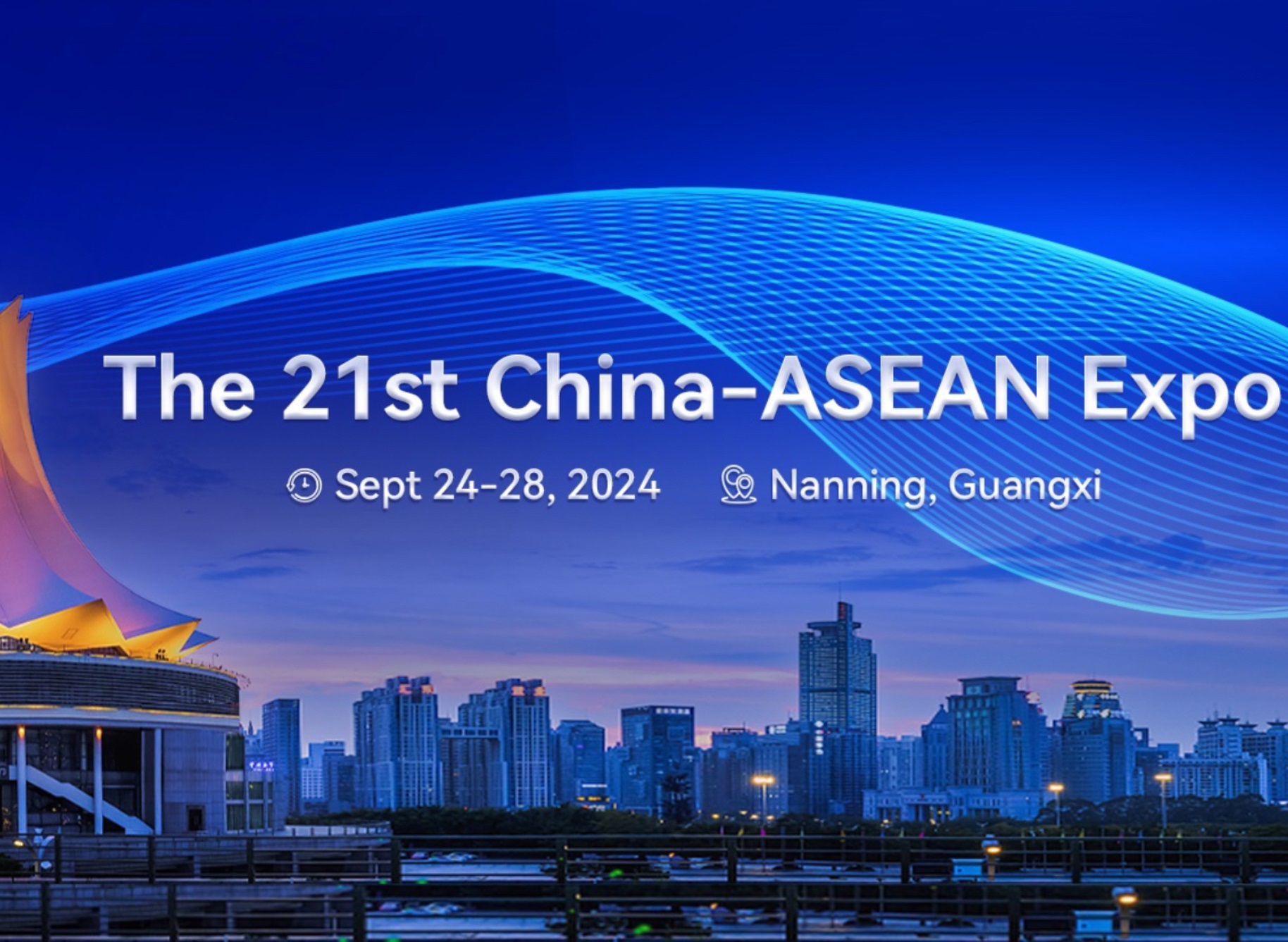Policies to boost industrial economy
New guideline promotes tax and fee cuts, financing support for related businesses
A newly issued guideline on bolstering the industrial economy is expected to help shore up growth of the sector, which has faced continuous challenges due to the COVID-19 epidemic, and policy support is likely to forge healthier, more sustainable development in the field, experts said.
On Feb 18, the National Development and Reform Commission, together with a number of other departments, issued a guideline centered on supporting the steady growth of the industrial economy. The new document encompasses a raft of measures including tax breaks, more support for financing and stronger efforts in the construction and renovation of industrial infrastructure and facilities.
The importance of the industrial economy was noted during an executive meeting held by the State Council, China's Cabinet, on Feb 15. The meeting was chaired by Premier Li Keqiang.
It underscored the critical roles that the industrial and services sectors play in overall economic development and employment stability. It was also noted that the industrial economy has not fully recovered since the epidemic and is in need of policy support, according to a statement released after the gathering.
According to the guideline, the Chinese economy is dealing with the threefold pressure of contracting demand, a supply slump and weakening market expectations, while efforts to maintain growth in the industrial sector are becoming increasingly challenging. The aim of the document is to fine tune policies in a timely manner using a cross-cyclical approach-taking action sooner, in smaller steps and with a long time frame in mind-to ensure that major indicators of the industrial economy function properly.
Experts said they believe the newly issued measures will offer timely assistance to the sector, which continues to grapple with a variety of problems, including supply and production chain disruptions and rising commodity costs.
"Two facts are important when looking at industrial economic development in China," said Fu Baozong, a professor at the Academy of Macroeconomic Research at the NDRC. "China has not fully accomplished its process of industrialization, and therefore, the role of industrial growth remains quite important. At the same time, in advancing economic transition, the country is aiming for high-quality growth. This has led to new requirements for industrial renovation projects."
He added that since the epidemic, constraints on industrial economic growth have become prominent. The unstable supply chain and commodity price surges have increased production costs for industrial businesses. On the other hand, the extensive development models that many of these businesses formed when they started decades ago have made their transition to high quality development more complicated.
The new guideline has confirmed a number of favorable policies for businesses in the industrial sector.
Income tax relief will be extended to companies in the industrial and services sectors. This year, micro, small and medium-sized enterprises, or MSMEs, that purchase new equipment worth more than 5 million yuan ($792,120) with a three-year depreciation period are entitled to a one-off deduction of total purchase costs from taxable income. For those with equipment depreciation periods of four, five or 10 years, they are eligible for a 50 percent deduction.
Tax deferral policies will also be extended for MSMEs in the manufacturing sector. The coverage of the policy to reduce or waive education fees and six local taxes-resource, urban maintenance and construction, real estate, urban land use, stamp and taxes on farmland used for nonagricultural purposes-will be expanded to include all small, low-profit businesses and self-employed households.
In addition, stronger financing support will be put in place. The People's Bank of China, China's central bank, will provide funding to support an increase in inclusive loan offerings to micro and small businesses. Efforts will also be made to facilitate more medium and long-term loan offerings to manufacturers in an effort to bring down overall financing costs.
Wei Qijia, a researcher at Economic Forecasting Department at the State Information Center, said these measures are quite important.
"Currently, compounded with new downward pressures in the economy, market sentiment among large, medium and smaller businesses is diverging from expectations of the small business community remaining weak," he said. "However, micro and small businesses are major job creators. They are also important in keeping the growth of the industrial economy stable, and they are critical in industrial supply chains."
Therefore, the tax breaks and financial support outlined in the policy will benefit those smaller companies.
"Such measures will effectively ease their liquidity burdens," he said.
The new document has also made clear that industrial and supply chains in the manufacturing sector will be strengthened and weak links reinforced, and a reconstruction of the national industrial foundation will proceed.
Wei believes that facility building is important as some of the challenges that China's industrial growth is facing will have to be tackled through physical and technological upgrades.
"Some bottleneck points in the industrial and supply chains are still obvious, and the catalyzing effect of new economic driving forces still needs to be strengthened, while the international competitiveness of enterprises needs to be improved," he added.


